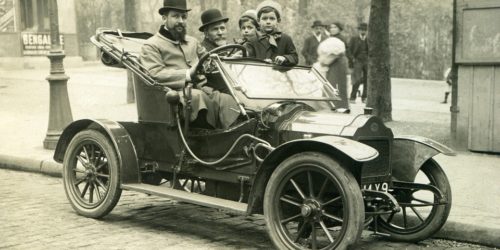Name the Town, Find the Ancestors
I have a friend who was recently called to serve as a missionary for The Church of Jesus Christ of Latter-day Saints, in the Birmingham England Mission. I sent him an email to ask what town he was currently in, and he said that the town is Bury St. Edmunds, in Suffolk county. That rang a bell, as I remembered coming across that place years ago in my genealogy research. I wanted to see which of my ancestors had lived in Bury St. Edmunds, but there was a problem: I couldn’t remember any of their names, just the name of that town.
First I tried FamilySearch, but searching without a surname would naturally return millions of records. This was the case whether using using the Search menu or the Find feature. I then tried Ancestry, as I have a tree with over 40,000 names on that site. “Find in Tree” required a name, so I tried the “List of All People”. Unfortunately there’s no way to sort the list by place, and Ctrl+F is limited to searching a page at a time, and I had over 400 pages to work through.
So I left the problem for a while (which is often a good thing to do in research), and when I came back I remembered GEDCOM. (GEDCOM stands for Genealogical Data Communication, and it’s a basic file format for sharing text data.) It turned out to be a pretty straightforward solution to the problem.
In Ancestry there is a Tree Info / Tree Settings page where you can export your tree to a GEDCOM file. I did that, and the file was over 800,000 lines long. But searching the file in a text editor was a breeze, and I quickly found mentions of Bury St. Edmunds, alongside the names of my ancestors who had lived there. Success!
And there was an important side benefit as well. GEDCOM not only captures the names, dates, and places of events, but it also preserves all the source notes that are included. So I found extra mentions of Bury St. Edmunds, such as an ancestor who was buried 50 miles from the town, and ancestors who were connected to the place by travel or married someone from Bury St Edmunds, etc.
This might be a rather isolated situation, but I’m curious if any of you have solved a problem like this in a different way. What tools or approaches did you use? Add your comment to this blog post, and happy ancestor hunting!

Bury St. Edmunds Abbey, photo by John Fielding, Creative Commons Attribution 2.0 Generic





